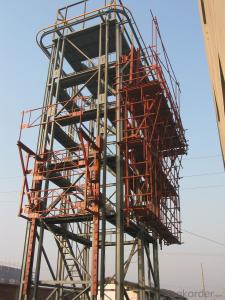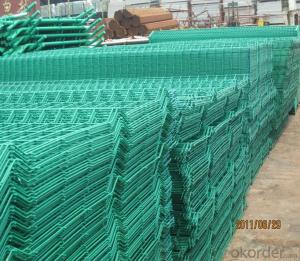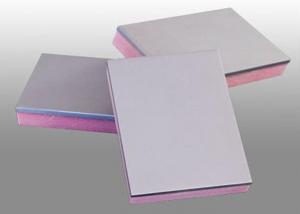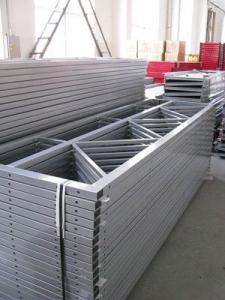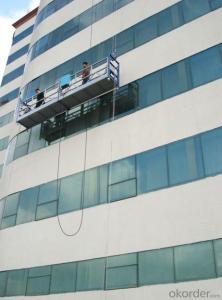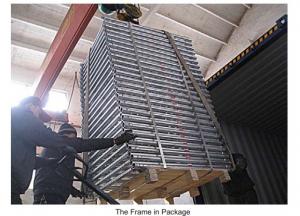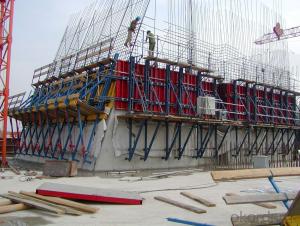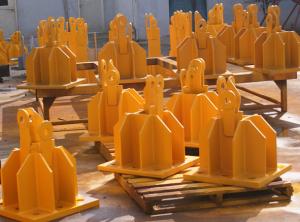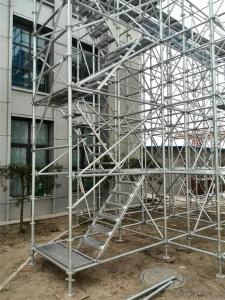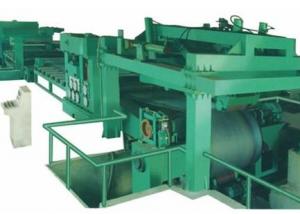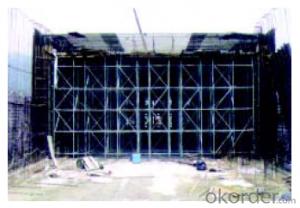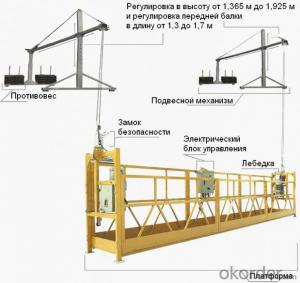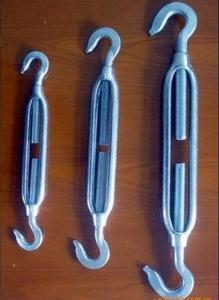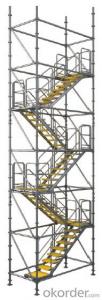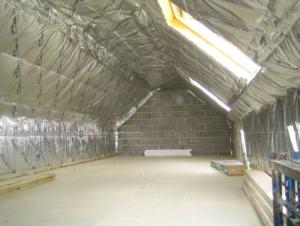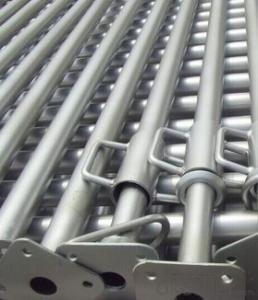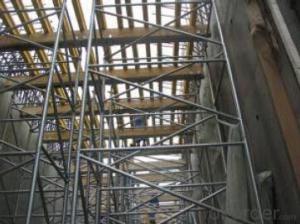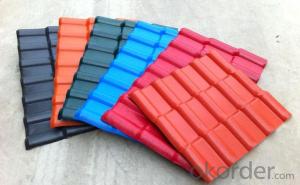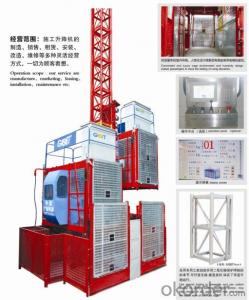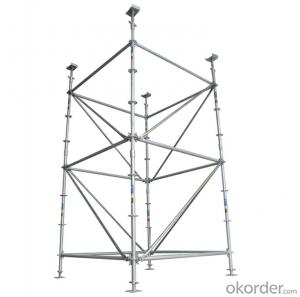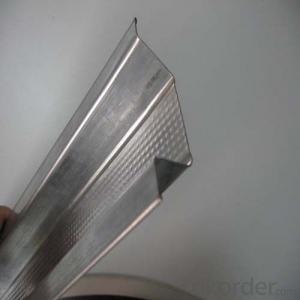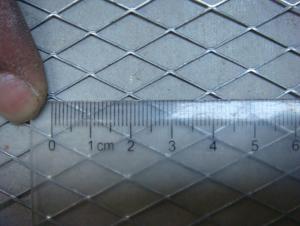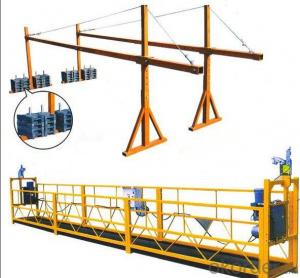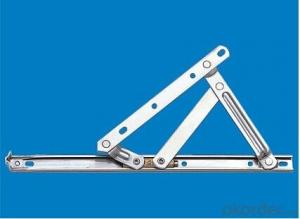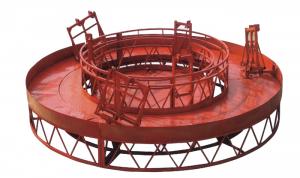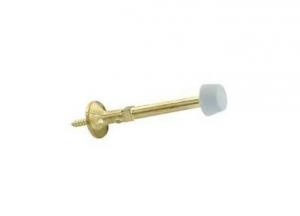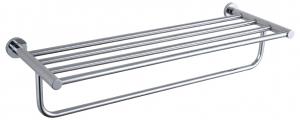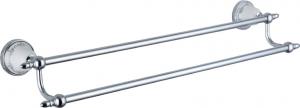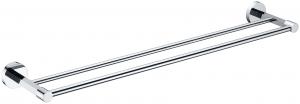Retaining Wall On Slope
Retaining Wall On Slope Related Searches
Reinforcing Retaining Wall Retaining Wall With Geogrid Retaining Wall Geogrid Geogrid For Retaining Wall Using Geogrid Retaining Walls Geogrid Retaining Walls Geogrid In Retaining Walls Mesh Retaining Wall Geogrid On Slope Soundproofing A Wall Retaining Soil Hydraulic Climbing Wall Geogrid Slope Stabilization Lift Maintenance Slope Reinforcement Geogrid Geogrid Retaining Wall Cost Geogrid For Steep Slopes Geogrid Fabric Retaining Wall Wall Props Drywall Scaffolding Roof Lagging Geogrid Reinforced Slope Waterproofing Wet Areas Standing Seam Roof French Door Retaining Hooks Geogrid For Slopes Suspeded Ceiling Geogrid Slope Protection Geogrid Subgrade Stabilization Crane And RiggingRetaining Wall On Slope Supplier & Manufacturer from China
Retaining Wall On Slope is a specialized construction product designed to provide support and stability to slopes and embankments. These walls are engineered to resist the lateral pressure exerted by soil and other fill materials, ensuring the safety and integrity of the slope. The primary function of these walls is to prevent soil erosion, landslides, and other slope-related issues, making them an essential component in various civil engineering projects.The application and usage scenarios for Retaining Wall On Slope are diverse, ranging from residential landscaping to large-scale commercial and industrial developments. They are commonly used in areas with steep inclines, where the natural terrain requires reinforcement to maintain stability. In addition to their practical benefits, retaining walls can also enhance the aesthetic appeal of a landscape by creating terraced gardens, walkways, and seating areas. These walls can be constructed from a variety of materials, including concrete, stone, and wood, each offering unique advantages and aesthetic qualities.
Okorder.com is a leading wholesale supplier of Retaining Wall On Slope products, boasting a large inventory to cater to the diverse needs of clients worldwide. With a commitment to quality and customer satisfaction, Okorder.com offers a comprehensive selection of retaining wall solutions, ensuring that each project can be completed with the appropriate materials and specifications. By partnering with Okorder.com, customers can benefit from competitive pricing, reliable service, and the assurance of working with a reputable industry supplier.
Hot Products

